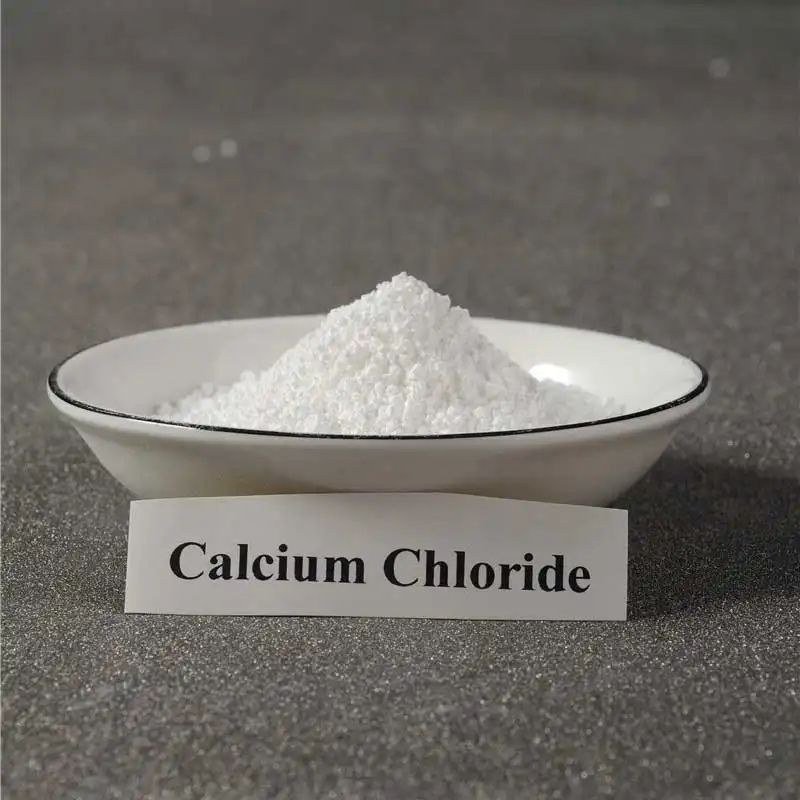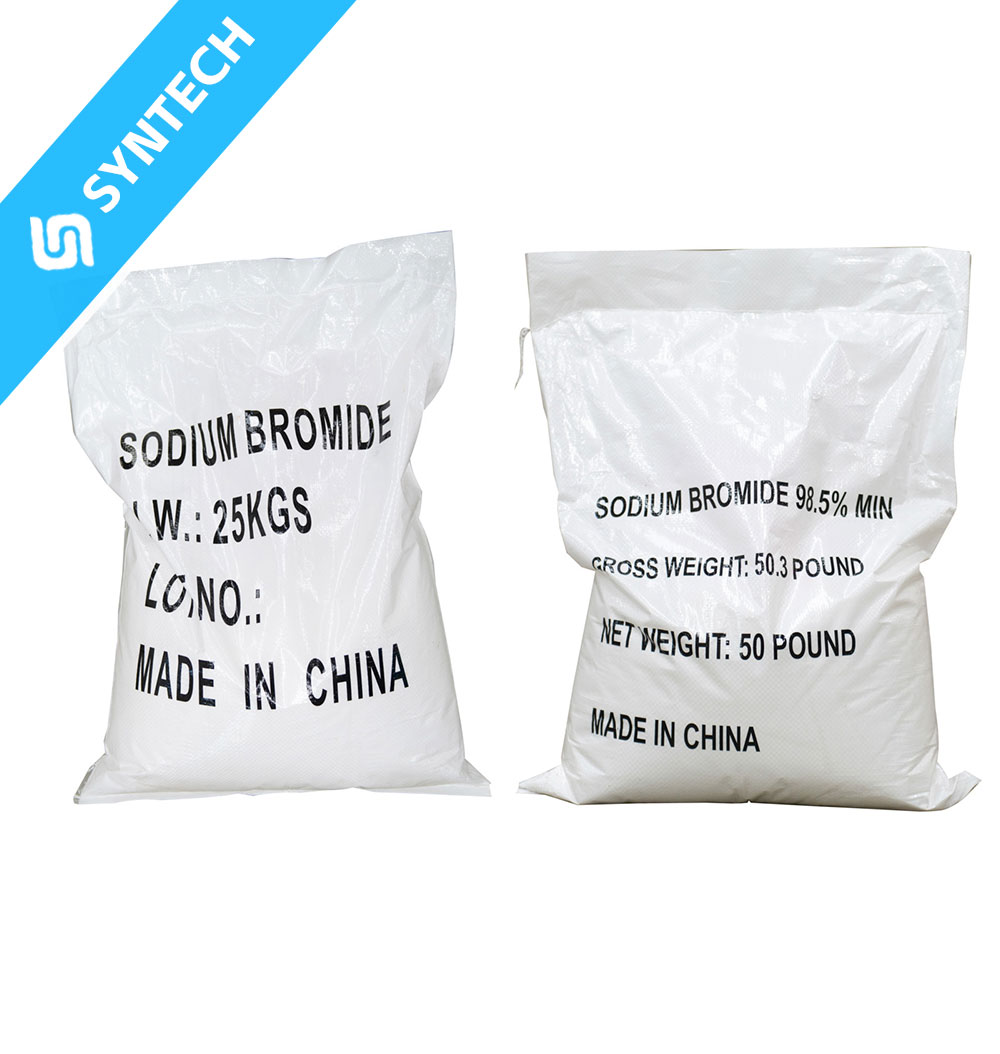Potassium formate (HCOOK) is widely used in completion and workover fluids due to its high density, low corrosivity, environmental friendliness, and minimal formation damage. Below are the key technical details and application methods.
1. Application in Completion Fluids
(1) Solids-Free Completion Fluid System
Potassium formate is commonly used to formulate solids-free completion fluids, suitable for high-pressure/high-temperature (HPHT) wells and sensitive reservoirs. A typical formulation includes:
- Weighting agent: Potassium formate (used alone or blended with sodium bromide or sodium chloride to adjust density).
- pH stabilizer: Sodium carbonate/bicarbonate or potassium carbonate/bicarbonate to maintain system stability.
- Corrosion inhibitor: High-temperature-resistant modified imidazoline to prevent CO₂/H₂S corrosion.
- Oxygen scavenger: Sodium sulfite or dimethyl ketoxime to reduce oxygen-induced corrosion.
Density Adjustment:
Potassium formate solutions can reach a density of 1.57 g/cm³ (saturated solution), making them suitable for high-pressure reservoirs. Density can be precisely controlled by adjusting concentration, eliminating the need for traditional weighting agents (e.g., barite) that introduce solids.
Applications:
- Ultra-deep/HPHT wells: Stable at 150–210°C, ideal for sour gas fields (e.g., CO₂-rich formations).
- Water-sensitive formations: Inhibits clay swelling and minimizes formation damage.
(2) Formation Protection Technology
- Low fluid loss: Potassium formate fluids form a tight filter cake, reducing API fluid loss and minimizing filtrate invasion.
- Acid solubility: Compatible with acid-soluble materials (e.g., CaCO₃), facilitating post-completion acidizing to remove blockages.
2. Application in Workover Fluids
(1) Workover Fluid Base
Potassium formate is used to prepare high-density workover fluids for depleted reservoirs or low-pressure formations:
- Density adjustment: By varying concentration (typically 1.2–1.5 g/cm³), it matches formation pressure to prevent fracturing or fluid loss.
- Sand-carrying capacity: Combined with polymers (e.g., HEC, xanthan gum) to enhance suspension and clean wellbore debris.
(2) Nano-Foam Workover Fluids
For low-pressure or depleted formations, nanotechnology can be integrated:
- Example formulation: Potassium formate + nano-silica (0.15–1.0%) + polymer (e.g., HEC), forming a stable foam gel with density as low as 0.7–1.2 g/cm³.
- Advantages: Low fluid loss, high sand-carrying efficiency, ideal for horizontal well cleanouts.
3. Field Operation Guidelines
- Preparation Process:
- Dissolve potassium formate first, then add pH stabilizers and corrosion inhibitors. Oxygen scavengers should be added 1–2 hours before use.
- Strictly control solids content to avoid formation damage.
- Performance Maintenance:
- Regularly monitor density, viscosity, and fluid loss. Replenish potassium formate or polymers as needed.
- Increase corrosion inhibitor and thermal stabilizer dosage in high-temperature environments.
- Environmental Handling:
- Potassium formate solutions are biodegradable and can be discharged or recycled, complying with strict regulations (e.g., North Sea, Nordic standards).
4. Advantages Over Conventional Systems
| Property | Potassium Formate System | Conventional Brine/Oil-Based Systems |
|---|---|---|
| Density range | 1.0–1.57 g/cm³ | 1.0–1.2 g/cm³ (brine) |
| Formation damage | Very low (solids-free) | Higher (risk of solids plugging) |
| High-temperature stability | Stable up to 210°C | Typically <150°C (polymer degradation) |
| Environmental impact | Biodegradable | Oil-based systems require special disposal |
Conclusion
Potassium formate is an optimal choice for completion and workover fluids in challenging conditions (HPHT, sensitive formations) due to its high density, low formation damage, and eco-friendliness. Its key advantages lie in solids-free design, precise density control, and synergy with polymers/nanomaterials, significantly improving operational efficiency while minimizing formation damage.
Let me know if you need further details on specific formulations or case studies!






